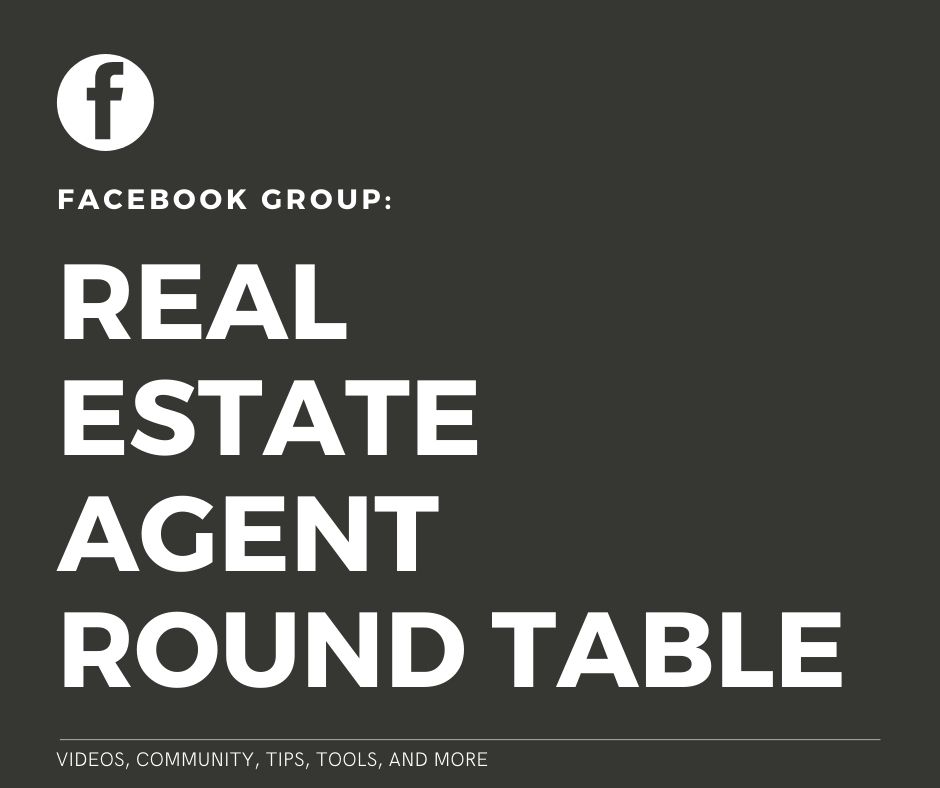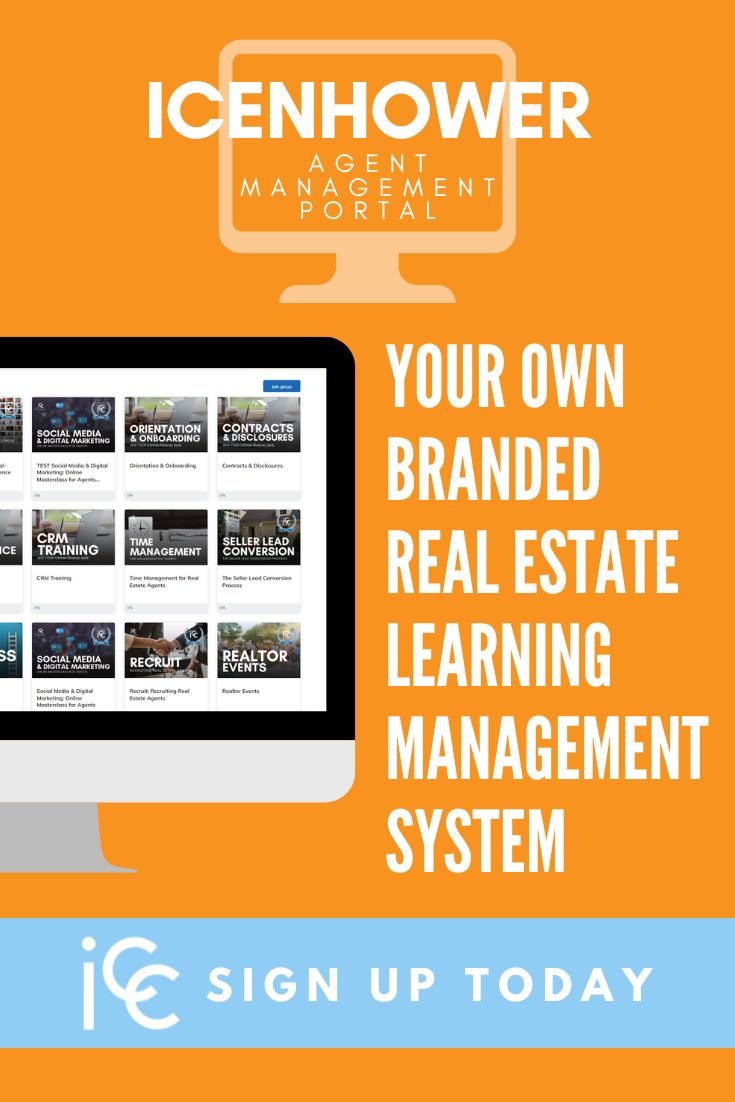From the pre-listing packet to signing the contract, real estate agents can follow this listing consultation process to convert leads to clients.
When it comes to conducting a successful listing consultation, it is essential to have a process in place. This process includes a pre-listing packet, scripts to use throughout the consultation, and objection handlers.
In this video below, Robyn Icenhower (a top producing real estate agent in California, who also happens to be my wife) walks through the listing consultation process. This is a thorough run-through, and very helpful to watch as you develop your own process for your listing consultations. (In case you’re wondering, YES, much of this applies to how you can conduct a virtual listing consultation.)
VIDEO: The Listing Consultation Process: a Realtor’s Guide to Conducting a Listing Appointment
Sitting down at the kitchen table
Starting with sitting down at the kitchen table, here is an overview look at the process to follow for your listing consultation.
- Provide an overview of what you’ll be doing today.
- Talk about the pre-listing packet that your client should have received in advance.
- Mention a few observations about the house. Look for ways to connect with them. Maybe around the house you see a photo of someone you know in common, or maybe you notice that they love the same sports team.
- Marketing or the market? Ask if the client wants to talk about marketing or the current market and price. This will help you learn a little about their current motivation.
- The market and price. Here, you present the price you think the house should be at. If they disagree, we have some great objection handling tips.
- Marketing. Especially if you are competing for the listing, you will want to share your marketing material and how you will work hard to market the listing. This will set you apart from the competition!
- Communication expectations. It’s a good idea to set communication expectations with your client during the listing consultation process. How often will you update the client? What can they expect?
- Prepare your client for possible outcomes. For example, if there is a price problem and the home is not selling. Explain how you will handle it — this helps prevent objections and confusion down the road.
- Next steps. Explain what is next — if someone will be calling to schedule photos, etc.
- Close. Get the listing agreement contract signed!

More to read on similar topics:
- AI-Powered Lead Generation & Chatbots: Transform Your Real Estate Business
- Agent Management Portal: The Recruiting Tech That Changes Everything
- Real Estate Manager Training – The Vacation Mindset
- Social Media Strategy for Realtors: What to Post on Facebook, Instagram, YouTube & LinkedIn
- How Real Estate Brokers Use Technology to Recruit Agents in 2025




















